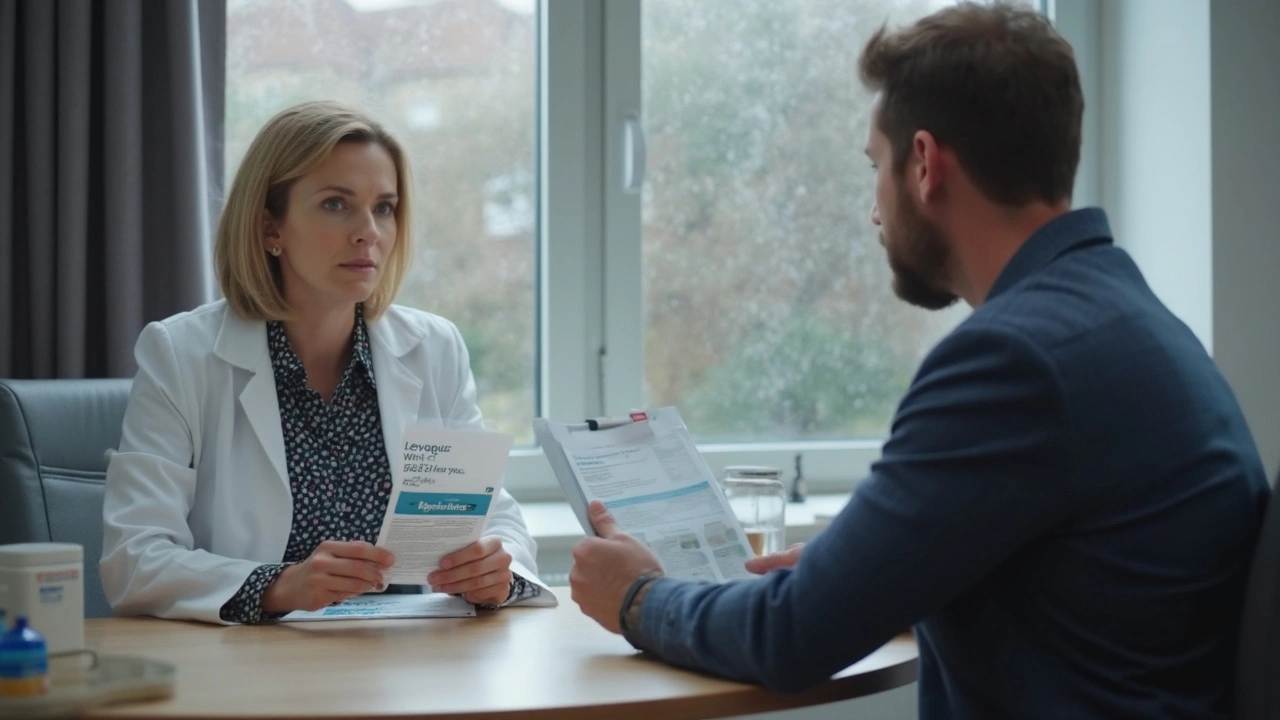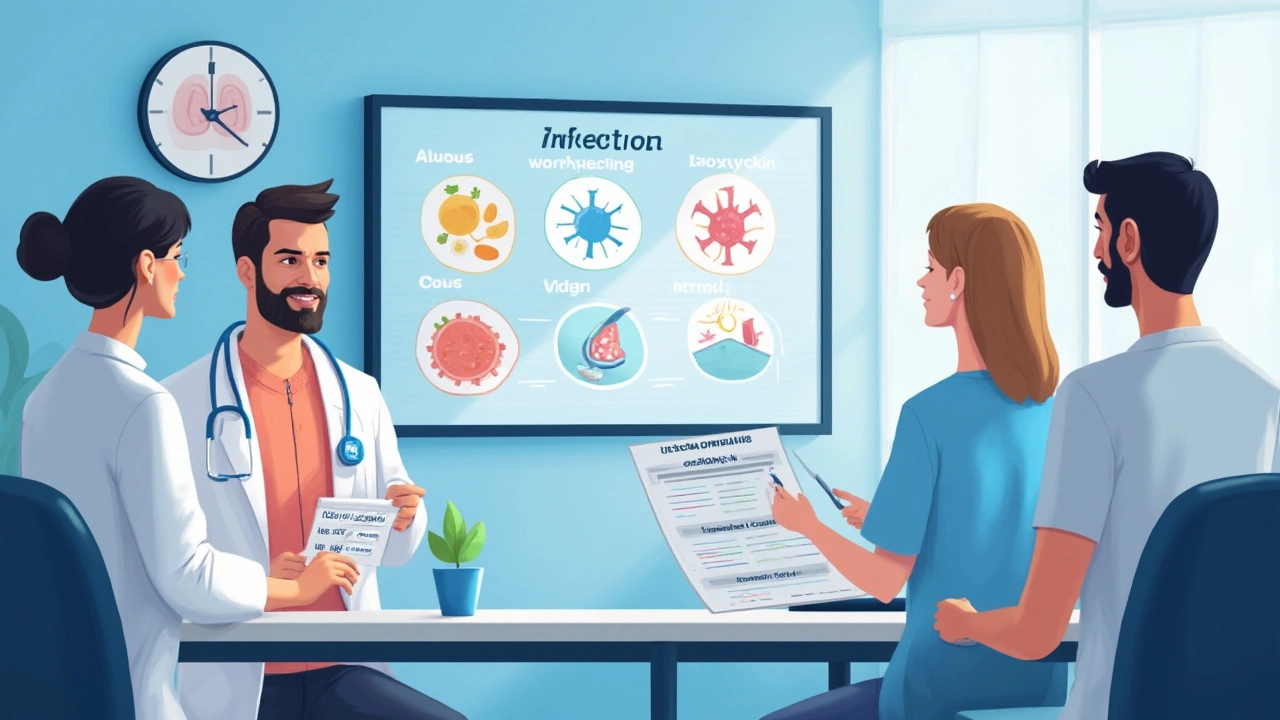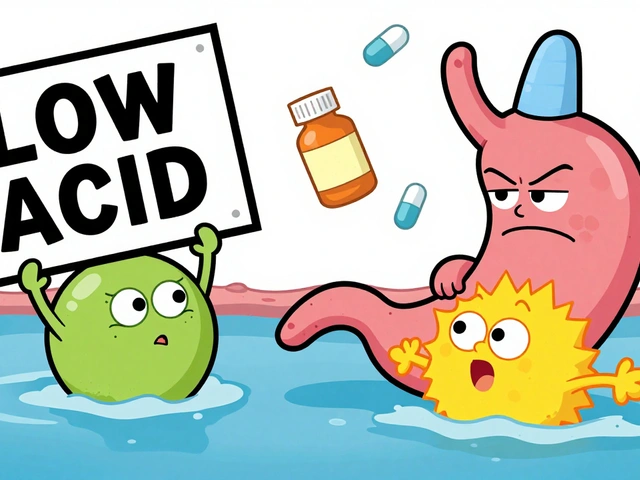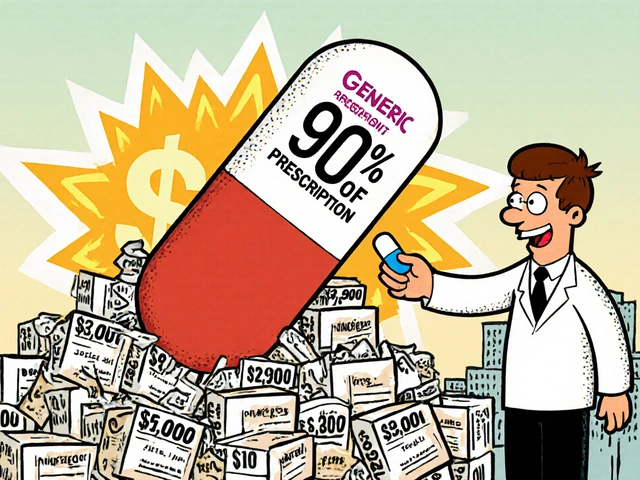Infection treatment: what really works and what to avoid
Not every infection needs antibiotics. Many common infections—like mild colds or simple viral sore throats—get better with rest, fluids, and time. Knowing the difference between bacterial, viral, and fungal infections helps you pick the right response and avoid unnecessary meds.
When to use antibiotics
Antibiotics only work on bacterial infections. If your doctor diagnoses you with strep throat, bacterial sinusitis, a urinary tract infection, or certain skin infections, antibiotics can be the right choice. Follow the exact drug, dose, and duration your provider prescribes. Stopping early or saving pills for later increases resistance and can make future infections harder to treat.
Don’t pressure a prescriber for antibiotics if tests or symptoms suggest a virus. If you’re unsure, ask about tests (rapid strep, urine dip, cultures) and what signs would mean starting antibiotics later.
Home care that actually helps
Basic care speeds recovery and eases symptoms. Rest and sleep let your immune system work. Drink plenty of fluids—water, broths, and oral rehydration solutions if you’re losing fluids. Use acetaminophen or ibuprofen for fever and pain, following package directions or your doctor’s advice. For coughs and sore throats, warm saltwater rinses, honey (for adults and kids over 1), and throat lozenges can help.
For minor cuts and skin infections, clean the area with soap and water, apply a topical antiseptic, and cover with a sterile bandage. Watch for spreading redness, streaks, increasing pain, or fever—those are red flags that need a clinician's attention.
If you’re prescribed topical or oral antifungals for yeast or ringworm, follow the full course even after symptoms improve. Fungal infections often need longer treatment than you expect.
Vaccines are one of the best defenses. Flu shots, COVID vaccines, and other recommended immunizations cut your risk of serious infection and reduce the need for antibiotics or hospital care.
Antibiotic resistance is real. Never share prescriptions, avoid using leftover antibiotics, and don’t demand antibiotics for viral illnesses. Ask your provider about targeted antibiotics when possible rather than broad-spectrum drugs.
When to see a doctor now: high fever that won’t come down, trouble breathing, severe pain, confusion, persistent vomiting, signs of dehydration, or a wound that’s red, warm, and draining pus. Also get prompt care if you have a weakened immune system, diabetes, or heart valve issues—those conditions change how infections are treated.
Prevention matters: wash hands, keep wounds clean, cook food safely, and stay home when contagious. Small habits cut infection risk a lot.
If you’re ever unsure, text or call your healthcare provider. Quick questions can steer you away from unnecessary meds and toward safe, effective treatment. Treat infections smart, not harder.






